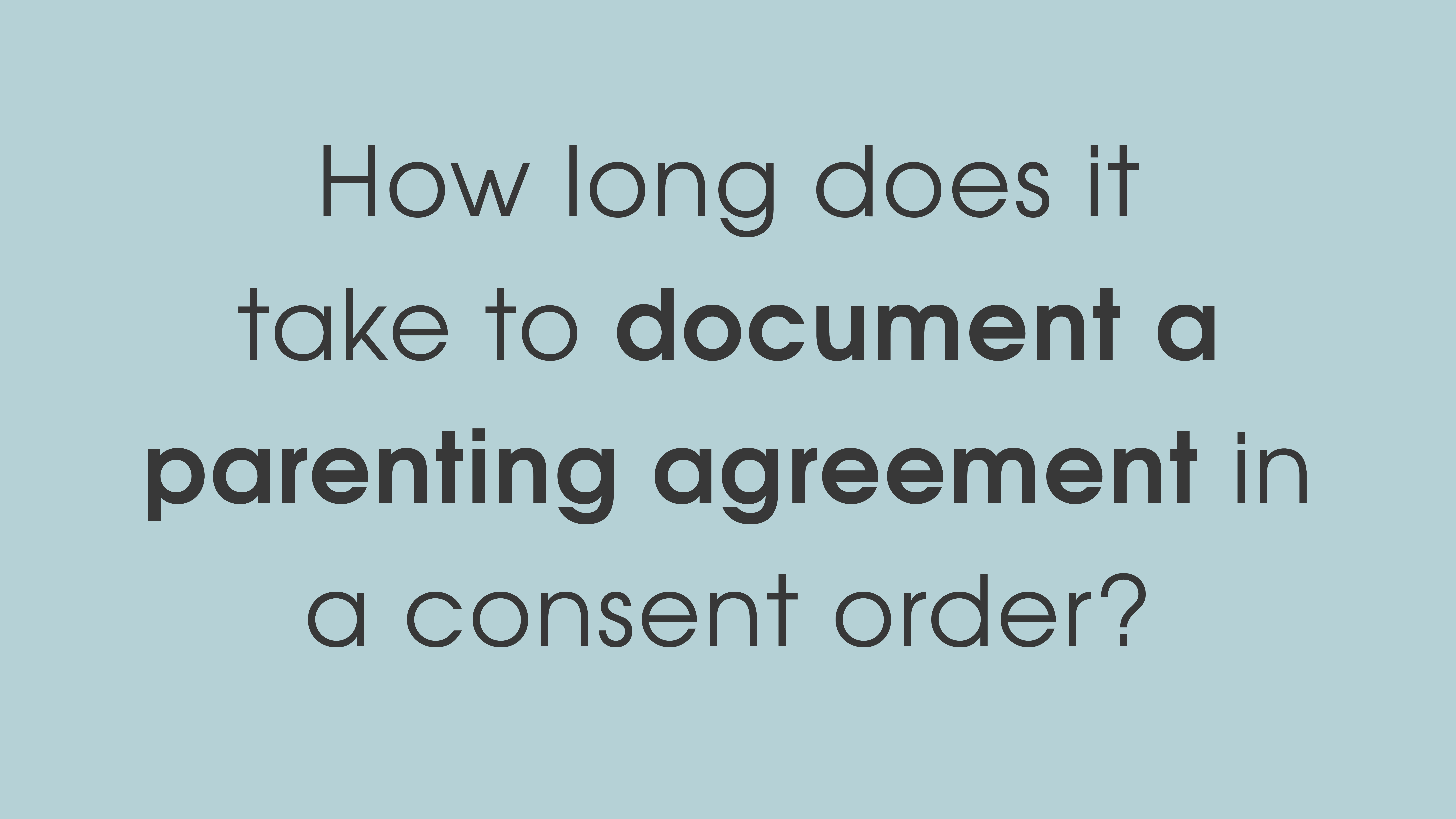Financial Agreements: Why are “pre-nups” so expensive?

Entering in to a Financial Agreement either before or during your marriage or defacto relationship allows you to formalise the arrangements which would be put into place in the event of a subsequent separation.
You may commonly know these types of agreements to be prenutial agreements or a “prenup”, though the Family Law Act formally calls these documents financial agreements.
A financial agreement before or during your relationship, when properly prepared, has the effect of contracting out of your right to later bring an application for property settlement under the Family Law Act. As a private agreement, a financial agreement does not require registration or approval of the Court.
Why you would need one?
There are a range of circumstances which might lead you to consider entering into a financial agreement with your spouse – they can be particularly useful where:
- you and your partner are in significantly unequal financial positions at the beginning of your relationship;
- you want clarity or peace of mind about how your property would be divided if your relationship ends;
- you may wish to protect specific property from any future property division, whether a business interest, inheritance or trust;
- you may have children from a prior relationship that you wish to provide for.
Why do financial agreements seem so expensive to prepare?
As mentioned earlier, a financial agreement provides you with the opportunity to contract out of your right to have the family law courts later determine any property settlement. It is for that reason that the Family Law Act places strict requirements on how the agreement must be prepared, strict obligations on parties to provide accurate information and provide full disclosure of their affairs, and strict obligations on legal advisors to provide appropriate advice regarding the advantages and disadvantages of entering into the agreement and the effect of the agreement on your rights.
For a financial agreement to be binding it must:
- be in writing;
- be signed by all parties;
- before signing the agreement, each party must receive advice from a legal practitioner about the effects of the agreement on the rights of the party and the advantages and disadvantages of entering into the agreement at the time the advice is required;
- before or after signing the agreement, each party must receive a signed statement by the legal practitioner confirming that the above advice was provided with a copy of the statement provided to the other party or their lawyer;
- the agreement has not been terminated by further agreement or set aside by the Court.
Due to the nature of a financial agreement, there is a significant amount of work that goes into the agreement to make sure that these strict requirements and obligations are complied with and to ensure that the financial agreement is binding and protects your interests.
What is our process?
Whilst the process will be tailored to each individual client, there are generally standard steps which must be taken to ensure that the agreement prepared is binding and protects both parties in the future. Read on to learn more about our comprehensive proves.
- Initial Appointment
At your initial appointment, we will take your preliminary instructions about you matter. This will include working through with you what you are hoping to achieve in entering into a financial agreement.
- Scope and provide detailed cost assessment with client agreement
After we have taken your preliminary instructions, we are in a far better position to give you a detailed costs assessment. Where each financial agreement is tailored to your particular circumstances, it is not possible to simply give an ‘on the spot’ quote for the work to be done without knowing you and what you are trying to achieve. Your matter might be far more complicated or even far less complicated then you first imagined.
We will send you our detailed costs assessment with our client agreement. These documents will set out the work that we have assessed is necessary to assist you in your matter. Upon your acceptance of the client agreement, we will proceed to undertake the remaining steps below.
- Detailed instructions and disclosure
This is a key part of the process. It takes time. Ensuring that we have your instructions recorded properly and all relevant disclosure has been reviewed and exchanged is vital to ensuring that your agreement is binding. There are certain circumstances which can later lead a court to set aside the agreement, which you need to be aware of.
Disclosure
A court can set aside a financial agreement where there has been non-disclosure of a material matter – that is, if interests in property, whether assets, liabilities, or superannuation, income or other financial resources were not properly disclosed during the preparation of the agreement, a court may set the agreement aside.
The details of all interests in property, assets, liabilities, superannuation and the like are all recorded in detail in the financial agreement. By signing the agreement, you each declare that those are the interests in property held by you at that point in time.
It is for these reasons that it is imperative that all relevant documents be disclosed and exchanged with each other. If there are properties or share portfolios and investments, they should be valued. Bank statements showing current balances should be exchanged. It is risky to enter into a financial agreement simply on the basis that you both have a ‘pretty good idea’ of the financial details for each other.
Voluntary Agreement
The agreement must be entered into voluntarily, free from duress. There are many reported cases about ‘prenups’ being signed on the way to the alter with the distressed party often successful in arguing that they were under duress to sign the agreement.
If you are considering entering into a financial agreement you should allow plenty of time for discussions, disclosure, advice and signing. Rushing only increases the risk of one party feeling that they are signing under pressure and therefore the risk of having the agreement set aside.
- Drafting the agreement
A properly drafted financial agreement should, as far as possible, consider all foreseeable scenarios having regard to your current financial circumstances and present future intentions. It is for this reason it takes time, both for your lawyer to draft the agreement, and for both parties to review and consider the agreement.
A financial agreement is not a document that can be whipped up with any haste. Clauses are included within the agreement to protect you from, for example, matters such as disclosure or the timing of the agreement which could cause the agreement to be set aside. The agreement which you reach with your partner about how your property is to be divided on separation is set out in detail including who is to take what step, when and how.
- Advising about the agreement
Once the financial agreement has been finalised and both parties agree to the terms then we provide you with a detailed letter of advice to meet our strict obligations as legal advisors. In particular, the Family Law Act says for an agreement to be binding “before signing the agreement, each spouse party was provided with independent legal advice from a legal practitioner about the effect of the agreement on the rights of that party and about the advantages and disadvantages, at the time that the advice was provided, to that party of making the agreement”.
Whether you are the party who is having the financial agreement prepared or the party who is receiving the agreement for advice, it is imperative that you receive a detailed advice which covers:
- your obligations in entering into the agreement including your obligations for full disclosure;
- the current law as set out in the Family Law Act as it relates to property settlement matters;
- how the law might apply to you if you were to separate without the agreement in place either within a few years or a number of years; and
- whether, having regard to the terms of the agreement and your likely entitlement without the agreement, whether it is in your interests to enter into the agreement.
The requirement that both parties receive independent legal advice is fundamentally important where you are contracting out of your right to have the court determine your property settlement matter, in the event that you separate. If you have entered into an agreement which is not favourable, then the Family Law Act requires that you receive proper advice about that.
After you have received this advice, we ask that you sign a copy of the letter to confirm that you have read and received our advice to you.
It is important that both parties to the agreement receive the same level of advice. It is not a simple process of one party seeing a lawyer to “just sign off” on the advice. Both parties should make an assessment about the advice they are to receive. If one party does not receive sufficient advice, there is a risk that the agreement can be later set aside.
- Signing the agreement
Once the advice has been given, then the lawyers are in a position to sign off on the agreement. This is usually done at the time the agreement is signed by the parties.
Again, the Family Law Act says: “either before or after signing the agreement, each spouse party was provided with a signed statement by the legal practitioner stating that the advice [regarding the effect on your rights and the advantages and disadvantages] was provided to that party (whether or not the statement is annexed to the agreement)” and “either before or after signing the agreement, each spouse party was provided with a signed statement by the legal practitioner stating that the advice … was provided to that party (whether or not the statement is annexed to the agreement)”.
The same agreement must be signed by both parties, that is, the agreement cannot be signed in counter-parts with each party signing a separate document. In practice – one party signs with their lawyer and then the other party signs with their lawyer.
- Finalising, exchanging and storing the agreement
After the agreement has been signed, one party or their lawyer should retain the original and the other party should retain a copy. Either way, both parties to the agreement should have a copy of the agreement. The original agreement should be stored in a safe location.
As can be seen from the above there is a lot of work that goes into preparing a financial agreement to ensure that the agreement is binding and the risks of having the agreement set aside by the court in the future are low. It is also for these reasons that it is not possible for us to simply provide a quote over the telephone – there is a lot that we need to know about you and your circumstances before we can make that assessment for you.
To find out more about financial agreements and how we can assist you with this process contact our office on (07) 3343 9522 or (07) 5446 1745 or through our contact us service, located here.





